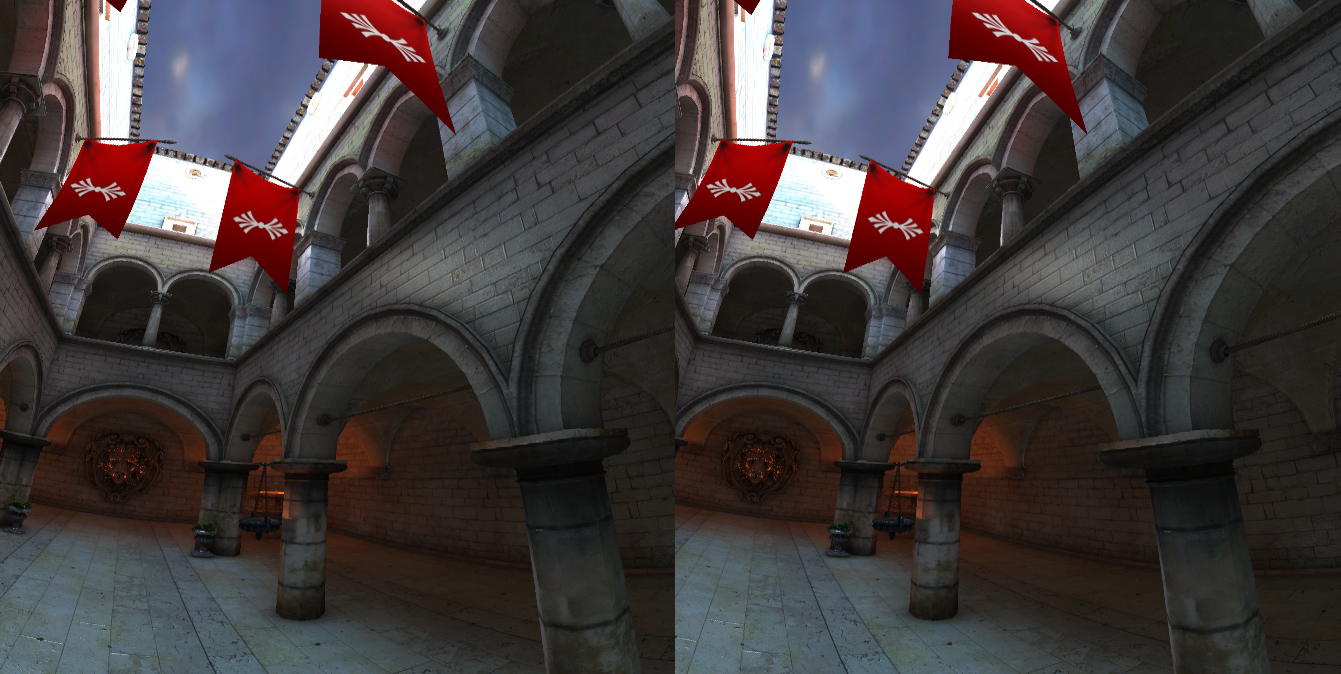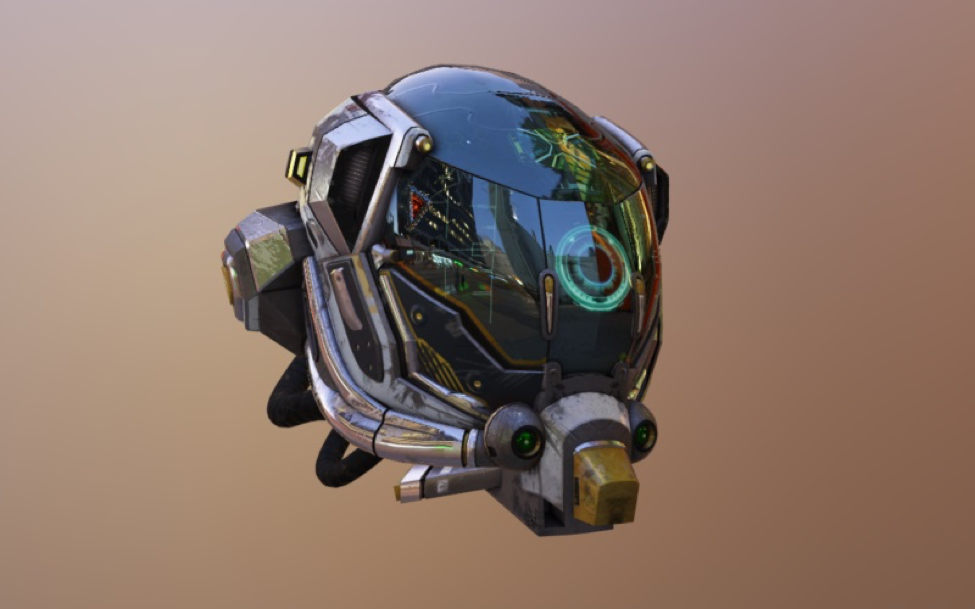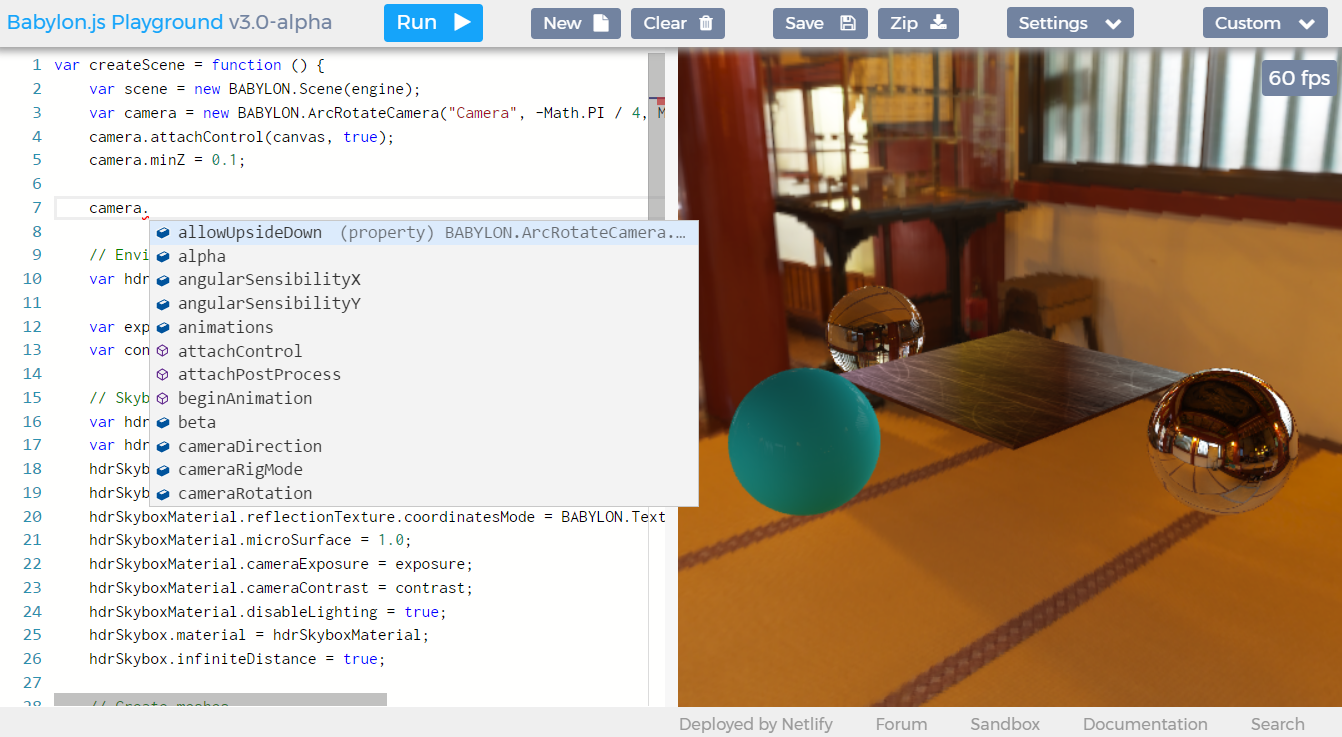Today, I’m thrilled to announce the availability of Babylon.js’s biggest version ever: Babylon.js v3.0. This version is packed with incredible features, but before listing some of them, I want to thank the awesome community behind this release. I’m humbled by the number of external contributors (120+) who dedicated their time to help build this great framework. They have made possible this 46th release of Babylon.js.
Here is a quick overview of a few features included in this release of the framework.
Support for WebGL 2
WebGL 2 is a great step forward for 3D developers as it allows more control over the GPU. The support for WebGL 2 is completely transparent with Babylon.js 3.0. This means that the engine will automatically use WebGL 2 if available, and it will fall back to WebGL 1 if not. Mode details can be found here.
Support for WebVR 1.1
With a single line of code, you can now unleash the power of virtual reality directly in your browser. Babylon.js 3.0 supports all VR devices, including the new Windows Mixed Reality headsets. Babylon.js can also transparently use WebVR 1.0 if your device does not support the latest version of the specification (Gear VR for instance). It also supports using device orientation events to provide virtual reality on mobile.
You can visit the Build 2017 website to watch a complete session about Babylon.js and WebVR.
You can find the Sponza demo here.
Support for glTF 2.0
glTF is a file format for GL APIs. With Babylon.js 3.0, we added complete support for loading glTF 2.0 files (including physically based rendering materials).
This version was ratified recently by Khronos group. glTF will help the 3D ecosystem to enable all new ways to create, share and consume 3D.
Improved physically based rendering (PBR)
The PBRMaterial used to render physically based objects was completely rewritten. It is now more accurate and better aligned with GLTF2.0 specifications. This material can be used to simulate real life lighting and provide photorealistic scenes.
You can find a live demo here.
Introducing Babylon.GUI
The Babylon.js GUI library is an extension you can use to generate interactive user interface. It relies on hardware acceleration to produce a fast and light way to deal with user interaction.
The Babylon.GUI extension can be helpful with VR scenarios when you cannot display HTML elements. It can also be used to project your UI in 3D. In this case, the UI will be textured on a 3D object but will remain functional.
Support for morph targets
Morph targets are a great way to animate objects by using morphing between different targets. This technique is widely used to animate character heads, for instance.
You can find a technical demo here.
Support for live textures using WebCam
You can now create project webcam content to any textures in your world. This could be used to simulate mixed reality experience or apply some fun effects like in this ASCII art demo.
Developer story
Version 3.0 is not only about features. It is also about enabling developers to achieve more with less code.
To fulfill this goal, we introduced a new version of our documentation where you can search for tutorials and classes documentation as well as playground samples.
The playground is a central tool for Babylon.js where you can learn by experimenting with live coding editor. Using the code panel on the left, you can discover at your pace the features of Babylon.js, thanks to our integrated code completion helper:
With more than 150,000 samples in the playground, we were sitting on top of an immense knowledge base for developers.
Therefore, we added the playground search section to our documentation to let you search for live code samples (either using sample title, description, tags or code):
We also thought about advanced WebGL developers with Spector.js, which is a fully functional WebGL (1 and 2) debugger. This tool is a must-have if you must deal with WebGL in depth, as it will expose in an easy-to-read way all the inner details of the rendering of every frame:
We really hope you will find this new version useful and exciting. If you want to know more or just want to experiment with our latest demo, please visit www.babylonjs.com.
If you would like to contribute, please join us on GitHub!








